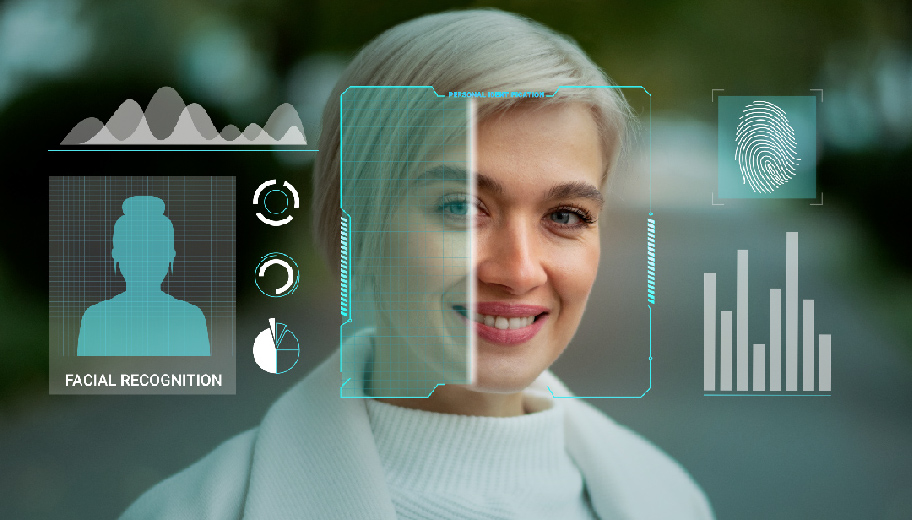2025.04.21
As AI and IoT technologies evolve, traditional VMS is transforming into an intelligent management platform. Through AIoT integration, it supports real-time monitoring, automation and predictive analysis. This article explores technical applications of VMS and AIoT in access control, SIP-based intercom, and IO module integration.

Integration of VMS and AIoT
VMS is a system used to manage video surveillance devices, allowing centralized control of cameras, recording, and storage. AIoT, the fusion of AI and IoT, enhances traditional systems with machine learning, data analytics, and automation capabilities. When combined, VMS and AIoT create a more intelligent AI-powered video management platform.
Applications in Access Control
1. AI-Based Facial Recognition for Access Management
-
Enhances access security through AI-powered facial recognition.
-
Integrates with VMS to monitor and record entry and exit activities in real time.
-
Ideal for enterprises, residential communities, and educational institutions.

2. Behavior Analysis and Anomaly Detection
-
Detects irregular activities such as tailgating or loitering.
-
Automatically triggers alerts and records events via VMS.
3. Remote Management and Data Analysis
-
Integrated with cloud platforms, enabling remote control via smartphone or computer.
-
Provides insights such as people flow statistics and attendance reports.
Applications in SIP-Based Intercom Systems
1. SIP and VMS Integration
-
The SIP (Session Initiation Protocol) enables audio-video interaction when combined with VMS.
-
Displays live video and allows two-way voice communication when a visitor rings the doorbell.
2. AI-Powered Voice Auto-Response
-
Uses AI voice recognition for automated replies to streamline visitor management.
-
Customizable voice prompts like “Please wait” or “Please show your ID.”
3. Emergency Event Response
-
In emergencies such as forced entry or distress signals, SIP intercoms can coordinate with VMS and access control systems to trigger alarms or lock doors automatically.
Applications in IO Modules
1. Smart Access Control
-
IO modules can control devices like electronic locks and automatic gates.
-
AIoT-integrated VMS monitors the status of IO devices, such as abnormal door operations.

2. Automated Scene Control
-
In response to specific events (e.g., VIP arrival), the system can automatically unlock doors, activate lighting, or adjust air conditioning.
-
Enhances user experience through intelligent automation.
3. Alarm and Notification System
-
IO modules can connect to sensors like smoke detectors and infrared sensors.
-
When triggered, VMS captures video and AIoT sends alerts to administrators.
By combining VMS with AIoT, access control, SIP intercoms, and IO modules all get a major upgrade — smarter, faster, and more secure. With AI handling the data analysis and automation, it’s easier to keep places like businesses, neighborhoods, and schools safe while cutting down on manual work and costs. And as AIoT tech keeps getting better, these smart solutions will only become more common, shaping the future of intelligent security.
As AI and IoT technologies evolve, traditional VMS is transforming into an intelligent management platform. Through AIoT integration, it supports real-time monitoring, automation and predictive analysis. This article explores technical applications of VMS and AIoT in access control, SIP-based intercom, and IO module integration.

Integration of VMS and AIoT
VMS is a system used to manage video surveillance devices, allowing centralized control of cameras, recording, and storage. AIoT, the fusion of AI and IoT, enhances traditional systems with machine learning, data analytics, and automation capabilities. When combined, VMS and AIoT create a more intelligent AI-powered video management platform.
Applications in Access Control
1. AI-Based Facial Recognition for Access Management
-
Enhances access security through AI-powered facial recognition.
-
Integrates with VMS to monitor and record entry and exit activities in real time.
-
Ideal for enterprises, residential communities, and educational institutions.

2. Behavior Analysis and Anomaly Detection
-
Detects irregular activities such as tailgating or loitering.
-
Automatically triggers alerts and records events via VMS.
3. Remote Management and Data Analysis
-
Integrated with cloud platforms, enabling remote control via smartphone or computer.
-
Provides insights such as people flow statistics and attendance reports.
Applications in SIP-Based Intercom Systems
1. SIP and VMS Integration
-
The SIP (Session Initiation Protocol) enables audio-video interaction when combined with VMS.
-
Displays live video and allows two-way voice communication when a visitor rings the doorbell.
2. AI-Powered Voice Auto-Response
-
Uses AI voice recognition for automated replies to streamline visitor management.
-
Customizable voice prompts like “Please wait” or “Please show your ID.”
3. Emergency Event Response
-
In emergencies such as forced entry or distress signals, SIP intercoms can coordinate with VMS and access control systems to trigger alarms or lock doors automatically.
Applications in IO Modules
1. Smart Access Control
-
IO modules can control devices like electronic locks and automatic gates.
-
AIoT-integrated VMS monitors the status of IO devices, such as abnormal door operations.

2. Automated Scene Control
-
In response to specific events (e.g., VIP arrival), the system can automatically unlock doors, activate lighting, or adjust air conditioning.
-
Enhances user experience through intelligent automation.
3. Alarm and Notification System
-
IO modules can connect to sensors like smoke detectors and infrared sensors.
-
When triggered, VMS captures video and AIoT sends alerts to administrators.
By combining VMS with AIoT, access control, SIP intercoms, and IO modules all get a major upgrade — smarter, faster, and more secure. With AI handling the data analysis and automation, it’s easier to keep places like businesses, neighborhoods, and schools safe while cutting down on manual work and costs. And as AIoT tech keeps getting better, these smart solutions will only become more common, shaping the future of intelligent security.


